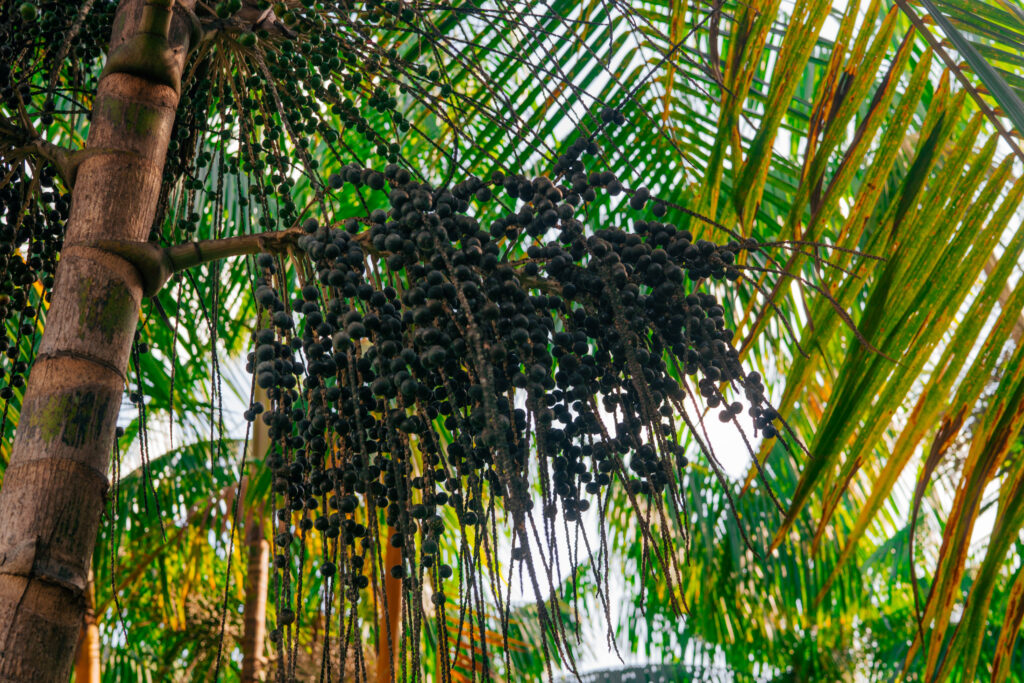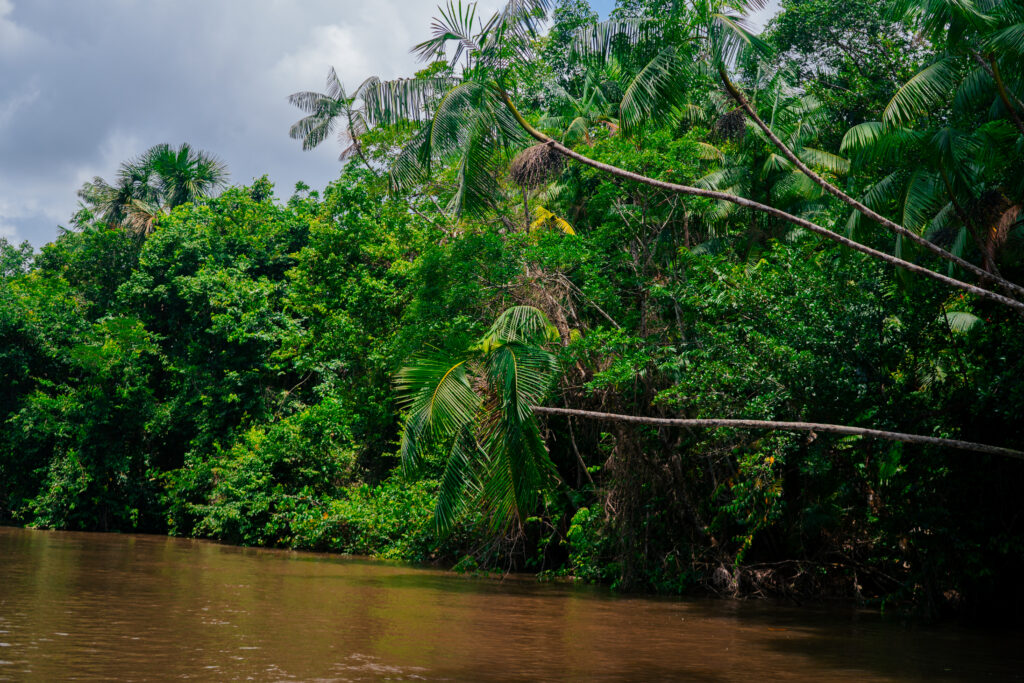Learn About Açaí
Learn where Açaí comes from and health benefits

Açaí is the fruit of a popular Amazonian palm tree in northern Brazil that grows only in regions with a large amount of moist soil. The consumption of this fruit in the twentieth century was mostly from the riverside population and native peoples of the Amazon. However, with the demographic growth of cities in the northern region, its consumption was spread to the large metropolises of the Amazon region, and the transformation of Açaí from regional and rural food to one of national and international projection began in the 90s with the demand of healthier foods. This considerable increase is the result of the growth of national and international consumption, having Pará leading 95% of national production and 90% of world production.
With the recognition of açaí as a fruit with high energy and vitamin power, its benefits resulted in an increase in the worlds interest in the fruit. In the state of Pará, there are approximately 10 thousand artisanal producers, generating an average of 30 thousand jobs and 100 active agroindustry’s selling açaí. By-products such as pulps, ice cream, and chocolates are also produced offering a greater harvest period from July to December during the Amazonian.


With a unique flavor, dark purple color and an unmistakable round shape, this berry is part of many recipes in the region, and is also consumed raw, but mainly in dense form like a thick juice.
Açaí is at the top of the food production chain in the state of Pará. Our production happens in the city of Castanhal, by the river Guama, where we also baptized the name of the factory as Guama Polpas. From the extraction process of açaí fruit from palm to pulp production, the harvest happens on our farm growing the local community.
From the extraction process of açaí fruit from palm to pulp production, there is a sense of urgency when dealing with the product. After being harvest, the açaí berry is processed to become pulp within 24 hours, as the sensitivity of the fruit in contact with climate change and transport can generate an early rot. After cleaning, the fruit is blended with water and processed to pulp.


Açaí is a powerful food for your health, because it is rich in vitamins C, E, B1, B2, iron, omega 6, calcium, proteins, and magnesium. The fruit provides energy because of its high content of lipids, such as the essential fatty acids Omega 6 and Omega 9. It’s able to boost one’s energy levels and a great natural stimulant. Açaí also contributes to the improvement of cell health, as its consumption contributes to the fight against free radicals.
50% of the açaí fruit is composed of lipids, phenolic fats; and 25% in fibers, which in addition, it has 5 to 10 times more antioxidants than blackberry, strawberry and black grape. One of the main antioxidants found in açaí is anthocyanin, which helps reduce the chance of developing leukemic cells or decreasing the proliferation of cancerous tumors.
1% to 4% of açaí is composed of phenolic, an antioxidant present in olive oil, capable of preventing the oxidation of lipids in the blood, one of the main factors of development of cardiovascular diseases as well as the direct link with other chronic and degenerative diseases. Phenolic also has anti-inflammatory action, vitamin A, antiallergic properties and reduce LDL cholesterol levels.
